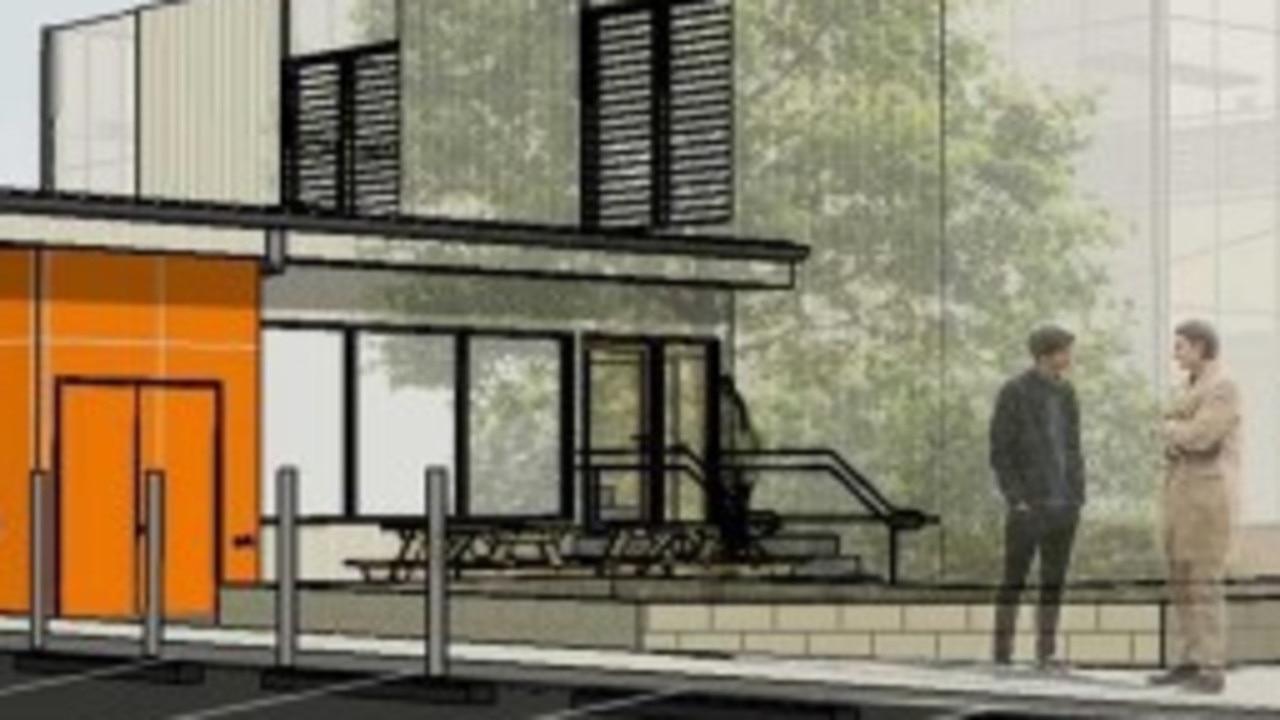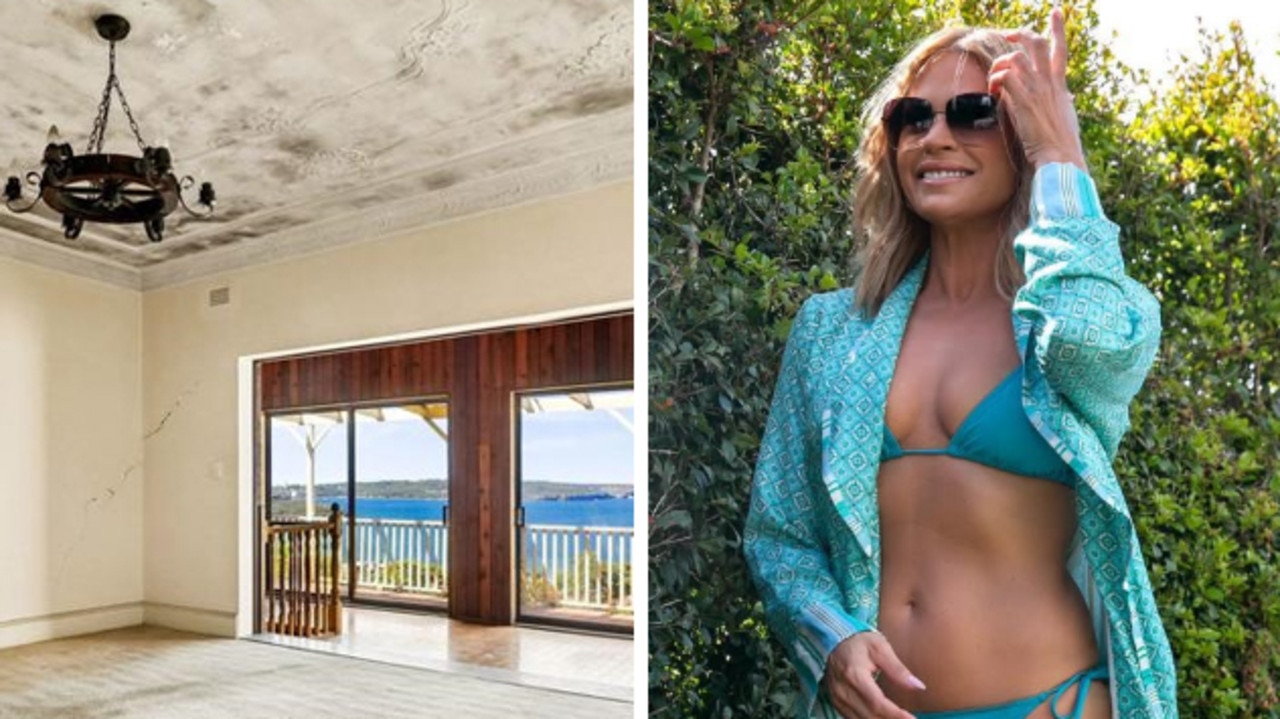Northern Beaches Council bid to save ‘historically significant’ Manly building from bulldozer
Northern Beaches Council wants to impose an emergency heritage order to save a ‘historically’ and ‘architecturally’ significant building in Manly from the bulldozer.
- Plans submitted for $21m unit block in Whistler Street, Manly
- Rev Fred Nile submits plan to bulldoze home for mansion
A council has launched a bid to stop a developer bulldozing the “historically significant” home of one of the finest early architects in Sydney and first mayor of Manly.
Applicant Urban Partners submitted plans for a five-storey shoptop development with eight units at 21 Whistler St, Manly, last year.
The $2.8 million proposal had been progressing through the planning process until a heritage report came back on the building which is to be demolished to make way for the block.
Northern Beaches Council officers are now recommending councillors impose an Interim Heritage Order (IHO) to stop the development in its tracks.
The council argues the building is not only historically significant but also architecturally significant.
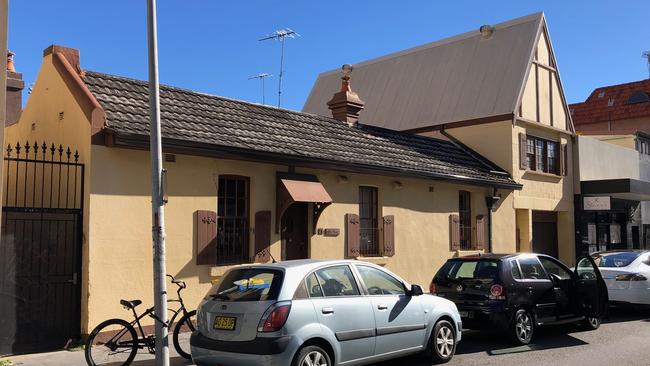
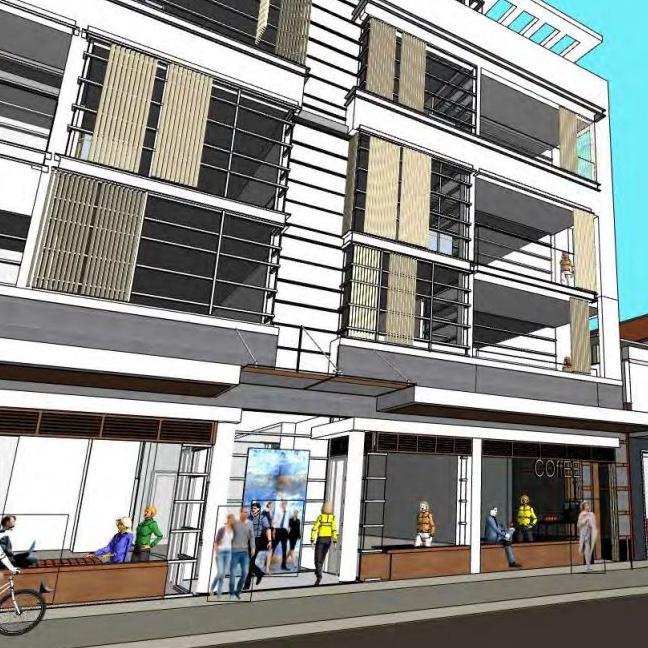
It dates back to circa 1877 and was the home of Manly’s first mayor Thomas Rowe.
The single storey section that remains was part of a much larger residence called Roseville.
Designed by Mr Rowe, it was a fitting home for a man of his status and was also the residence of Manly’s second mayor Alfred Hilder.
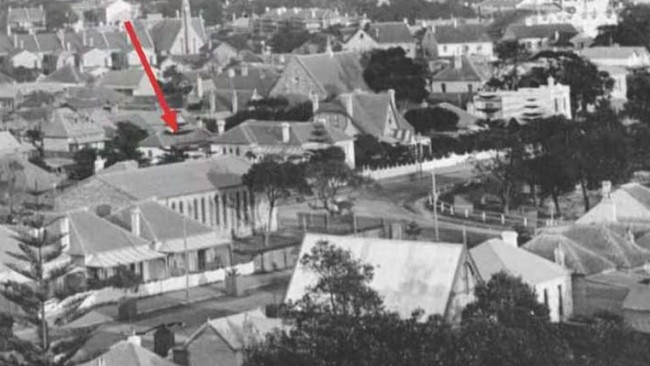
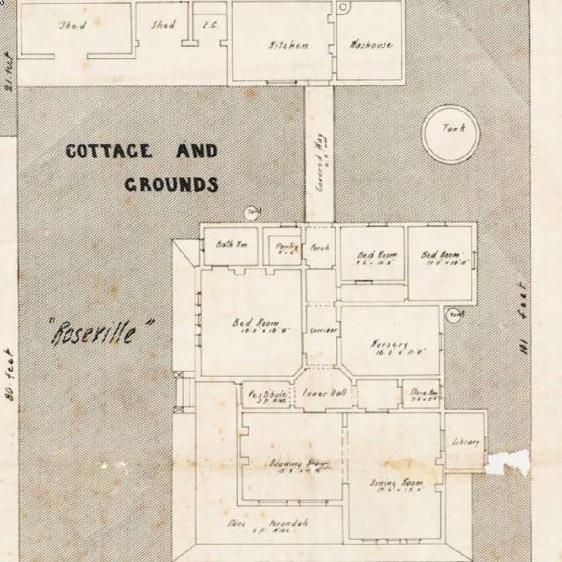
Most of Roseville was demolished between 1917 and 1939 with the section at 21 Whistler St all that remains today.
Rowe was born in Cornwall in the UK but migrated to Australia in 1848.
He established an architecture practice in Sydney and earned himself a reputation as one of the colony’s great architects.
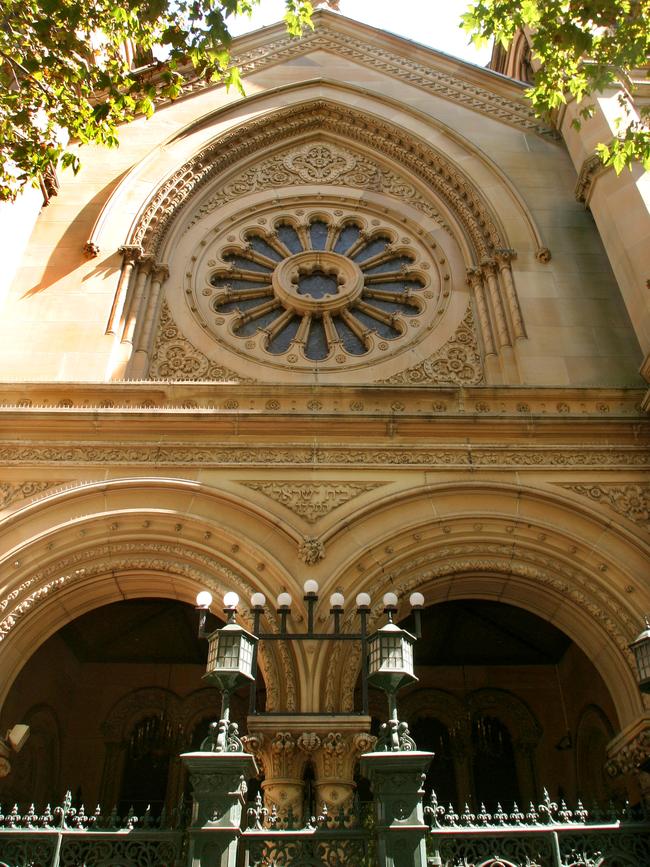
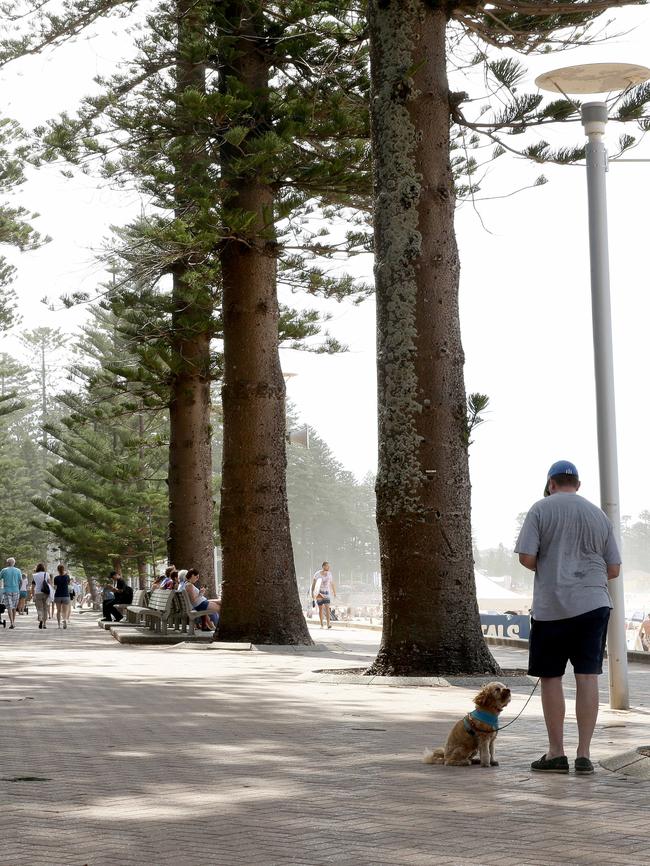
Among his best-known buildings are the spectacular Great Synagogue in Elizabeth St, Sydney Hospital in Macquarie St and Sydney Arcade, Pitt St.
More locally he set up and was the first captain of Manly Fire Brigade and helped acquire a fire engine.
He was also responsible for planting the iconic Norfolk Island pines along the seafront, leading the way for other coastal towns.
Among his other achievements include acting as president of the Metropolitan Board of Water Supply and Sewage, forming the NSW Institute of Architects and serving as a lieutenant-colonel in the Engineer Corps.
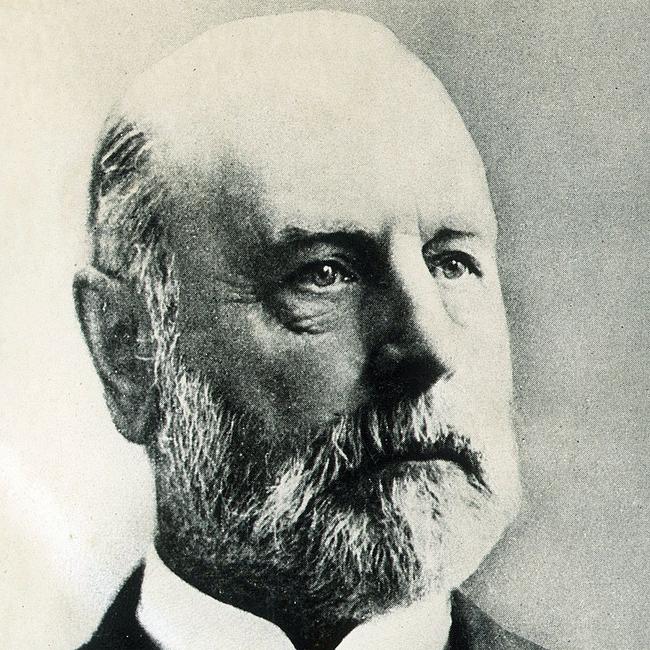
Unfortunately few of his buildings still stand in Manly.
Richard Michell, from the Manly, Warringah, Pittwater Historical Society, said Rowe’s contribution to Manly was significant.
“While Gilbert Smith rightly gets the press as being the father of Manly, Rowe set the blueprint for the Manly we know today.”
In particular he said Rowe was influential in what we now call town planning and the ambience of Manly, particularly with schemes such as the planting of Norfolk Pines.
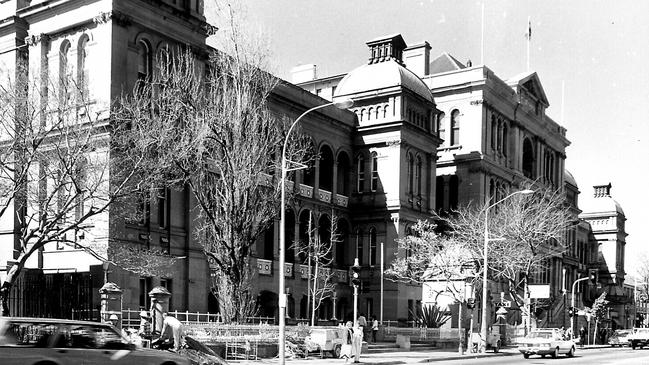
“He was a fascinating character,” he said. “He was the son of a builder who came out to go to the goldfields.
“He doesn’t appear to have made his fortune and so came to Sydney where he became a major player in architecture.”
Council will vote at Tuesday’s meeting on whether to put in place the IHO which will buy time to apply for a statutory heritage listing for the property.

